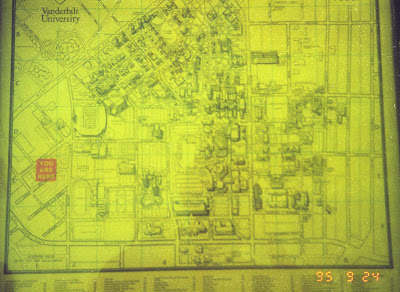Helicopter sight seeing, near United Nation Buildings.
SUNY Downstate Medical Center, Brooklyn, New York
Kings Country Hospital Center, Brooklyn, New York
View Larger Map
Any Questions: write to
Keiji Hagiwara, MD
Kami-Ube Pediatric Clinic,
e-mail: keijihagiwara@gmail.com


























